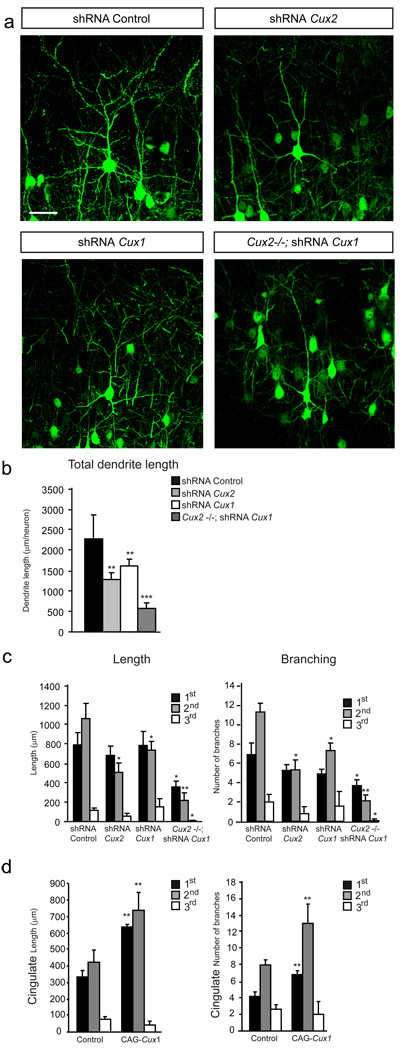Figure 2. Cux1 and Cux2 proteins stimulate dendrite development via cell intrinsic and additive mechanisms.
a) Confocal micrographs showing GFP-expressing layer II–III neurons in the P21 cortex. Neuronal morphology was analyzed at P21 after in utero electroporation at E15.5. Knock-down of Cux1 or Cux2 with shRNA lentiviral constructs decreases the dendrite complexity of layer II–III neurons compared to control shRNA electroporated neurons. Knock-down of Cux1 in Cux2−/− layer II–III neurons induces still simpler dendrite morphologies. Bar represents 25 µm. b) Total cumulative lengths of dendritic processes per GFP-positive neuron in layers II–III. c) Cumulative dendrite length of primary, secondary and tertiary branches (left) and the average number of primary, secondary and tertiary dendrite branches (right) per neuron. Control shRNA (n= 19), shRNA Cux1 (n=15) and shRNA Cux2 (n=22), shRNA Cux1 in Cux2−/− (n=12). d) Overexpression of Cux1 in neurons of the cingulate cortex stimulates dendritic branching. Cumulative dendrite length of primary, secondary and tertiary branches (left) and the number of primary, secondary and tertiary dendrite branches (right) per GFP positive layer II–III neuron control (n= 15), CAG Cux1 (n=15) * p<0.05, ** p<0.01 and *** p<0.001 compared with controls.

